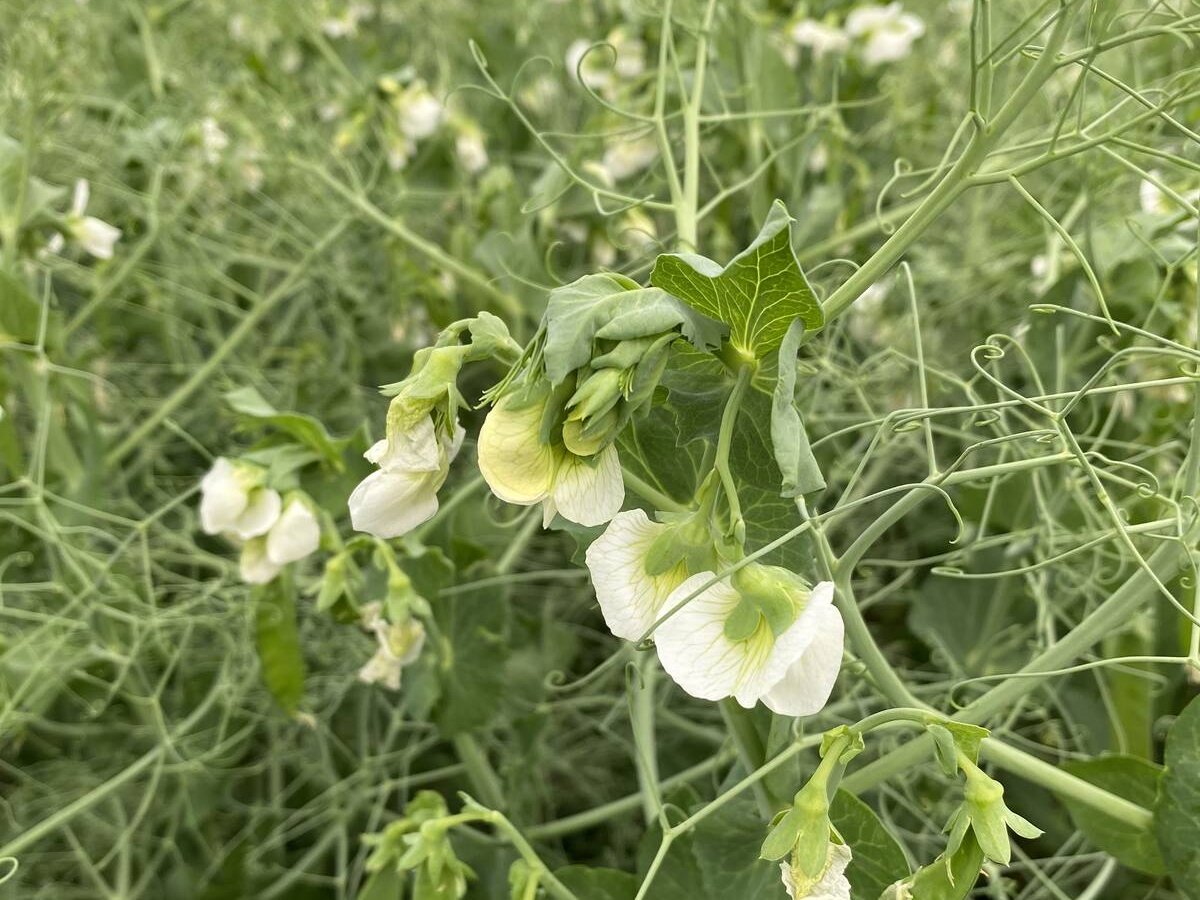A plan to reorganize Canada’s wheat classification system received positive reviews last week from foreign grain buyers who attended the Canadian Global Crops Symposium in Saskatoon.
Koji Murakami, a quality control and assurance manager with Japan’s Nisshin Flour Milling Inc., said Japanese millers support a Canadian Grain Commission proposal to tighten quality parameters for the Canada Western Red Spring wheat class.
The proposal suggests that all CWRS varieties with gluten strength below Carberry should be removed from the CWRS class and placed in a new milling wheat category, which offers a slightly reduced milling quality profile.
Read Also

India slaps 30 per cent import duty on yellow peas
India has imposed a 30 per cent duty on yellow pea imports with a bill of lading date on or after Nov. 1, 2025.
The new class would include some of Canada’s most widely grown CWRS varieties such as Harvest, Lillian and Unity, which typically have lower gluten strength than other CWRS varieties.
“We are very pleased to know that the CGC has a proposal for Canadian wheat class modernization,” said Murakami, who belongs to an association that represents Japanese wheat millers.
“We, as end use customers, thoroughly support this proposal. If the proposal proceeds, I believe the usage of No. 1 CWRS in Japan will increase … because the mixing tolerance of U.S. hard red spring has declined.”
Japan consumes 5.7 million tones of wheat annually, including imports from Canada, the United States and Australia.
Japanese importers bought 1.2 million tonnes of No. 1 CWRS and 200,000 tonnes of Canada Western Amber Durum in 2013.
CWRS is recognized as a premium quality milling wheat in Japan, ideal for making bread and noodles.
However, Murakami said the gluten strength of CWRS varieties began to decline in 2009,and the quality of some CWRS varieties began to change drastically.
“Starting in 2009, the gluten strength of No. 1 CWRS has become weaker than we expect … and bread making properties have also deteriorated,” he said.
“Fortunately, the gluten quality of the 2014 CWRS crop has slightly improved but still needs further improvement.”
Murakami said environmental factors in Western Canada may have influenced quality in recent years.
However, the lower quality characteristics of certain CWRS varieties have effectively lowered the base for the entire CWRS class, he added.
Lei Sang, deputy general manager for wheat at China’s COFCO Trading Ltd., said Chinese millers have raised similar concerns.
Canadian wheat is still recognized as a premium product among Chinese millers, but the overall quality of varieties in the CWRS class is not what it used to be, Sang said.
“CWRS has enjoyed a very good reputation in China, (but) in recent years the performance of Canadian wheat has declined due to poor functionality,” he said.
“Since the 2013-14 crop year, the quality has been on the mend, but it’s still not as good as before.”
Sang said COFCO was pleased to learn that the grain commission is reviewing quality parameters in the CWRS class.
However, response to the plan has been more reserved in Canada.
Some growers groups have ex-pressed concerns that the proposed reorganization could hurt farm profitability.
Curt Vossen, president of Richardson International Ltd., said company officials have raised similar concerns, suggesting that the changes may not benefit the Canadian grain industry as a whole.
“I know our people are a little concerned that it adds complexity without adding value,” Vossen said.
“We’re not sure that the value (to be gained) is commensurate with the additional complexity.”















